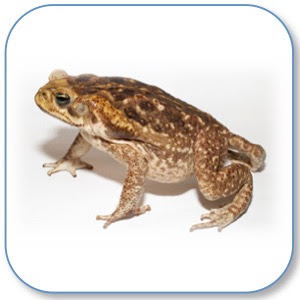Another cane toad paper has hit the shelves! This is another paper from our ongoing collaboration with Lee Ann Rollins and her great team of invasion biologists and molecular ecologists. This paper once again uses our draft cane toad genome* and builds on the previous cane toad methylation analysis by PhD student Roshmi Sarma to look at some really interesting intergenerational effects. [*Genome update coming soon - watch this space!]
Could this be epigenetic inheritance? Maybe. But it could also be some kind of parental germline thing. Either way, it’s a fascinating result and further evidence to support the fact that whilst our genome may establish our genetic potential, it does not control our destiny.
And if you want to know what it takes to identify effects like this, check out the mind-boggling experiment design Figure! (PDF available on request!)
This article is part of the theme issue ‘How does epigenetics influence the course of evolution?’
Sarma RR, Crossland MR, Eyck HJF, Edwards RJ, DeVore JL, Cocomazzo M, Zhou J, Brown GP, Shine R & Rollins LA (2021): Intergenerational effects of manipulating DNA methylation in the early life of an iconic invader. Philosophical Transactions of the Royal Society B 376:20200125. [Phil Trans Roy Soc B] [PubMed]
Abstract
In response to novel environments, invasive populations often evolve rapidly. Standing genetic variation is an important predictor of evolutionary response but epigenetic variation may also play a role. Here, we use an iconic invader, the cane toad (Rhinella marina), to investigate how manipulating epigenetic status affects phenotypic traits. We collected wild toads from across Australia, bred them, and experimentally manipulated DNA methylation of the subsequent two generations (G1, G2) through exposure to the DNA methylation inhibitor zebularine and/or conspecific tadpole alarm cues. Direct exposure to alarm cues (an indicator of predation risk) increased the potency of G2 tadpole chemical cues, but this was accompanied by reductions in survival. Exposure to alarm cues during G1 also increased the potency of G2 tadpole cues, indicating intergenerational plasticity in this inducible defence. In addition, the negative effects of alarm cues on tadpole viability (i.e. the costs of producing the inducible defence) were minimized in the second generation. Exposure to zebularine during G1 induced similar intergenerational effects, suggesting a role for alteration in DNA methylation. Accordingly, we identified intergenerational shifts in DNA methylation at some loci in response to alarm cue exposure. Substantial demethylation occurred within the sodium channel epithelial 1 subunit gamma gene (SCNN1G) in alarm cue exposed individuals and their offspring. This gene is a key to the regulation of sodium in epithelial cells and may help to maintain the protective epidermal barrier. These data suggest that early life experiences of tadpoles induce intergenerational effects through epigenetic mechanisms, which enhance larval fitness.


No comments:
Post a Comment